Fish sauce, known as nam pla, is an essential ingredient in the Thai kitchen. It provides the salty element that balances the spicy, sour, bitter, and sweet flavors of Thai foods. Read on to learn more about this umami-rich, ultra salty liquid and how it's used in Thai cooking.
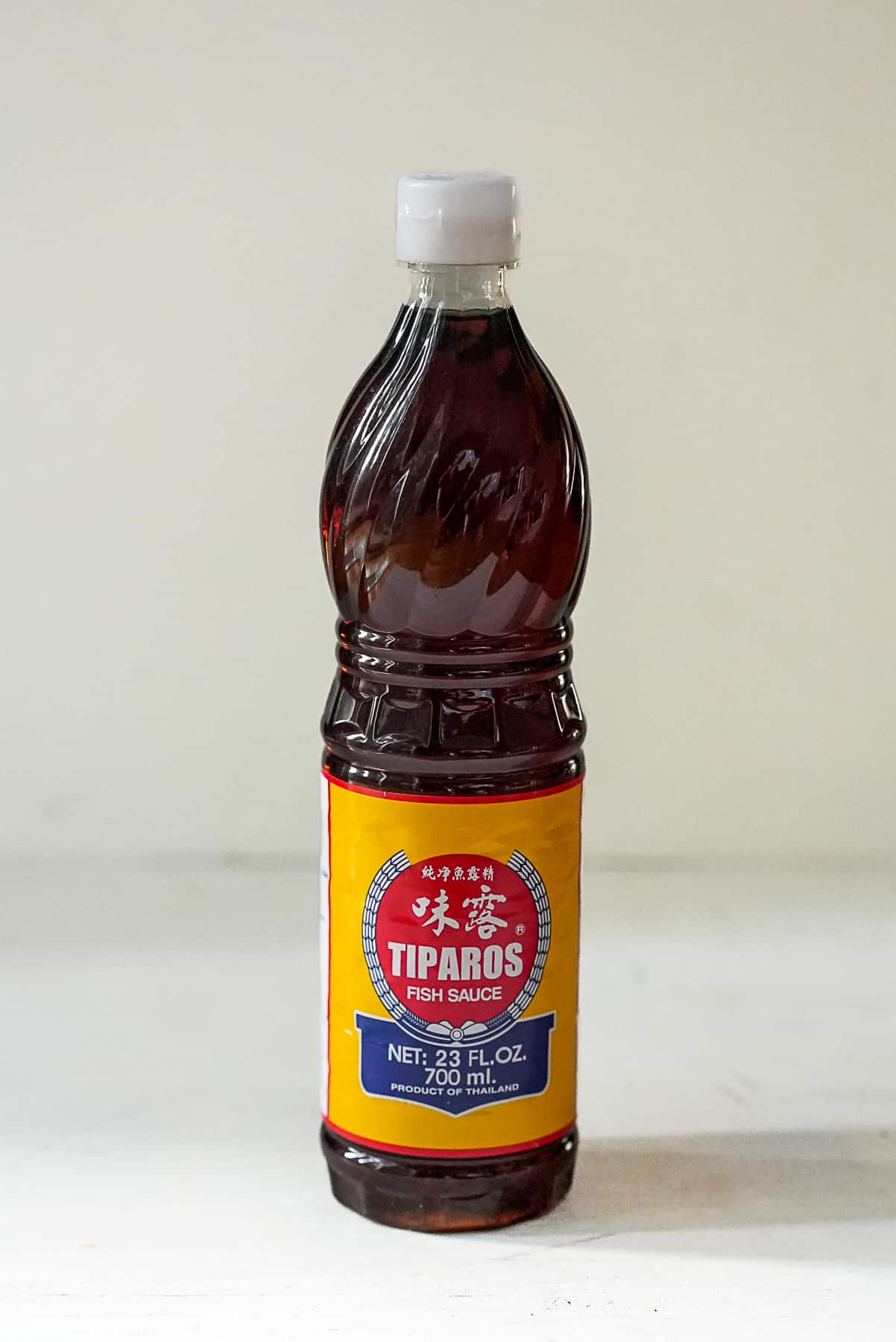
If you've eaten Thai food, you've likely eaten fish sauce (whether you realized it or not). Fish sauce is ubiquitous in Thai cuisine. This seasoning sauce is used to add an umami-rich salty flavor to an overwhelming majority of Thai dishes, from Pad Thai and Green Papaya Salad to Fried Rice and Green Curry. It's used so widely throughout Thai cuisine that it's actually difficult to pinpoint savory dishes that don't contain fish sauce. So, if you'd like to start cooking Thai food at home, this is one ingredient that should be on your pantry shelves!
Jump to:
What is Fish Sauce?
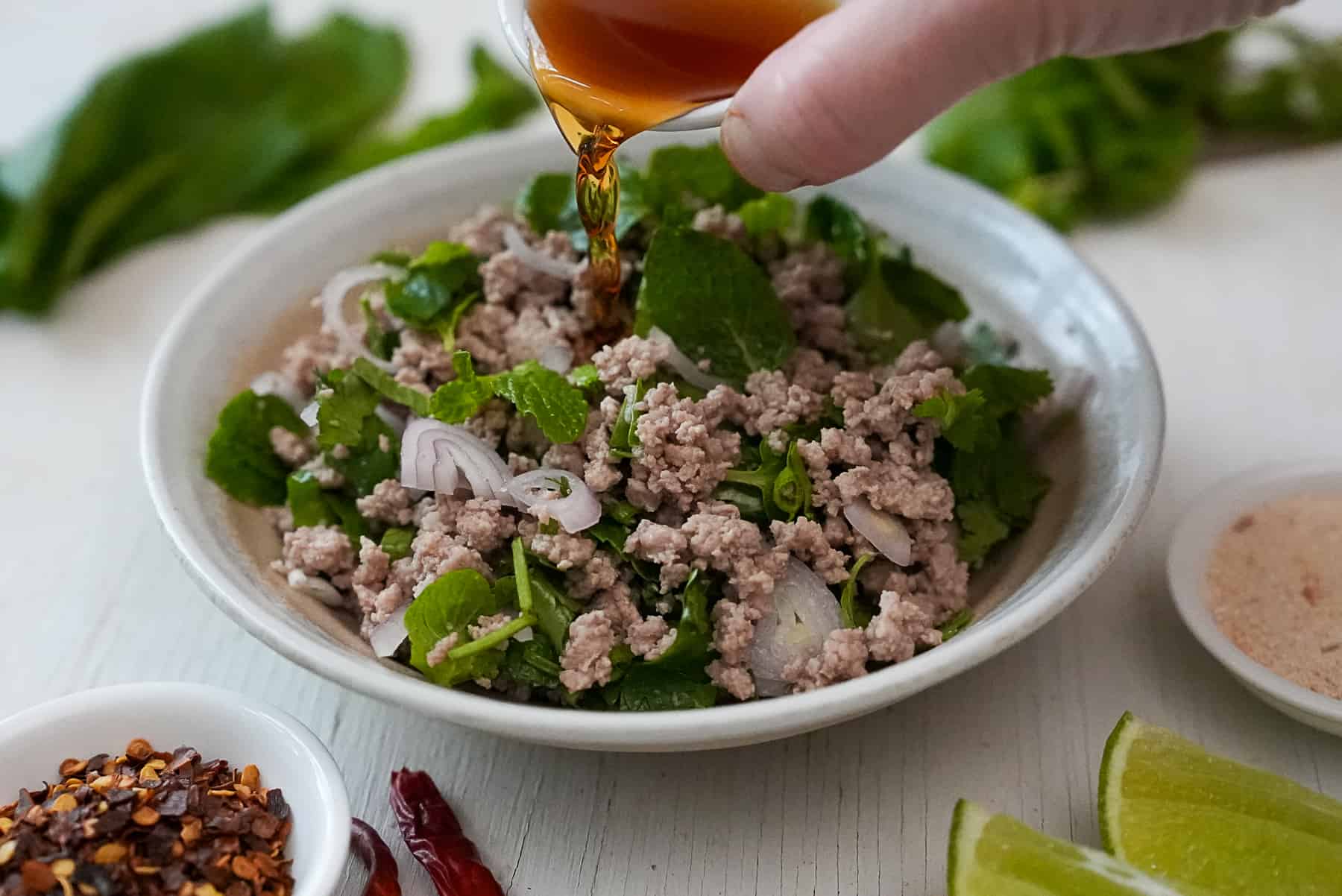
Fish sauce is one of the most important seasoning sauces in Thai cuisine. It is used to add a rich salty flavor to Thai dishes. Fish sauce is a clear dark amber-colored liquid made from fish and salt. It smells and tastes strongly of fish, but when combined with other ingredients, it loses its pungent odor and melds nicely into the dish.
In Thai, fish sauce is known as Nam Pla. Nam means water, and can also refer to sauces and other liquids. Pla means fish. So put together, Nam Pla is literally Fish Sauce. For more Thai culinary words, see How To Interpret a Thai Menu.
How is Fish Sauce Made?
Fish sauce is made by combining small fresh fish, usually anchovies, and salt. The salted fish mixture is then left to ferment in large sealed barrels for approximately 12 months. After the fermentation process is complete, the liquid is extracted and bottled as fish sauce.
Sodium in Fish Sauce
One tablespoon of fish sauce contains somewhere between 1400 and 1800 mg of sodium, depending on the brand. This is approximately 60-75% of the daily recommended allowance of sodium per day. In comparison, however, one tablespoon of table salt contains about 7000 mg of sodium.
Thai Dishes that use Fish Sauce
Fish sauce is used in Thai cooking much like table salt is used in American cuisine. It is not the only salty seasoning sauce used, but it is very heavily used. Most Thai soups, salads, and curries are seasoned with fish sauce. A lot of stir fries, rice dishes, and noodle dishes are also seasoned with fish sauce in addition to other salty seasoning sauces such as soy sauce or oyster sauce.
- Thai Stir Fried Noodles | Pad Thai | ผัดไทย
- Thai Chicken Salad | Larb Gai | ลาบไก่
- Green Curry with Chicken and Eggplant | Gaeng Keow Wan Gai | แกงเขียวหวานไก่
- Shredded Chicken and Lemongrass Soup
- Coconut Milk Soup with Chicken | Tom Kha Gai | ต้มข่าไก่
- Green Papaya Salad | Som Tum Thai | ส้มตำไทย
- Red Curry with Pumpkin | Gang Ped Faktong | แกงเผ็ดฟักทอง
- Thai Fried Rice | Khao Pad | ข้าวผัด
Where to Buy Fish Sauce
Fish sauce is available at most Asian grocery stores. It may also be available at more mainstream stores in your area (I can find it at my local Safeway and Walmart!) If you are looking for a particular brand, you will likely be able to source it online.
When choosing a fish sauce to buy, it's best to stick with those that contain just fish and salt. Products that contain MSG or other flavor enhancers or colorings are indicative of a lower quality fish sauce. Our family often uses Squid or Tiparos brands, but there are many good brands of fish sauce out there.
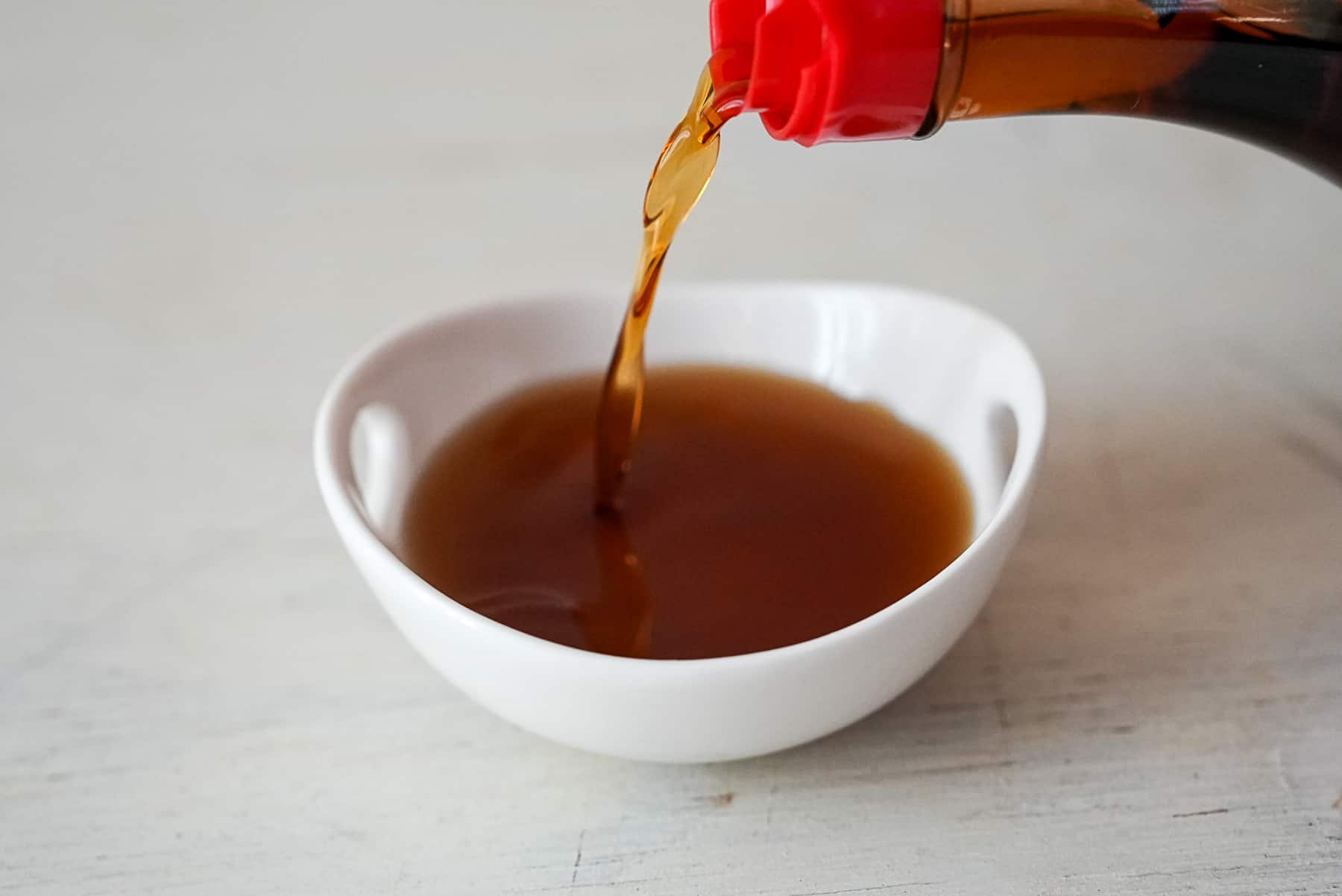
Alternatives to Fish Sauce
If you are allergic to fish or your dietary preferences don't allow eating animal-based products, you will need to use an alternative to fish sauce in your Thai cooking. Vegan or vegetarian substitutes for fish sauce include table salt, Thai thin soy sauces, liquid or coconut aminos, vegetable broth, and kombu dashi. These options work with varying degrees of success, depending on which dish you are making. A Thai Test Kitchen post with more information is coming shortly!
Storage
Fish sauce can be stored in your kitchen cabinets or pantry. It does not require refrigeration once it has been opened. However, if it sits opened in your kitchen cabinets for months, it will start to evaporate and become more concentrated. Storing it in the refrigerator can help it to evaporate less quickly if you are not using it often.
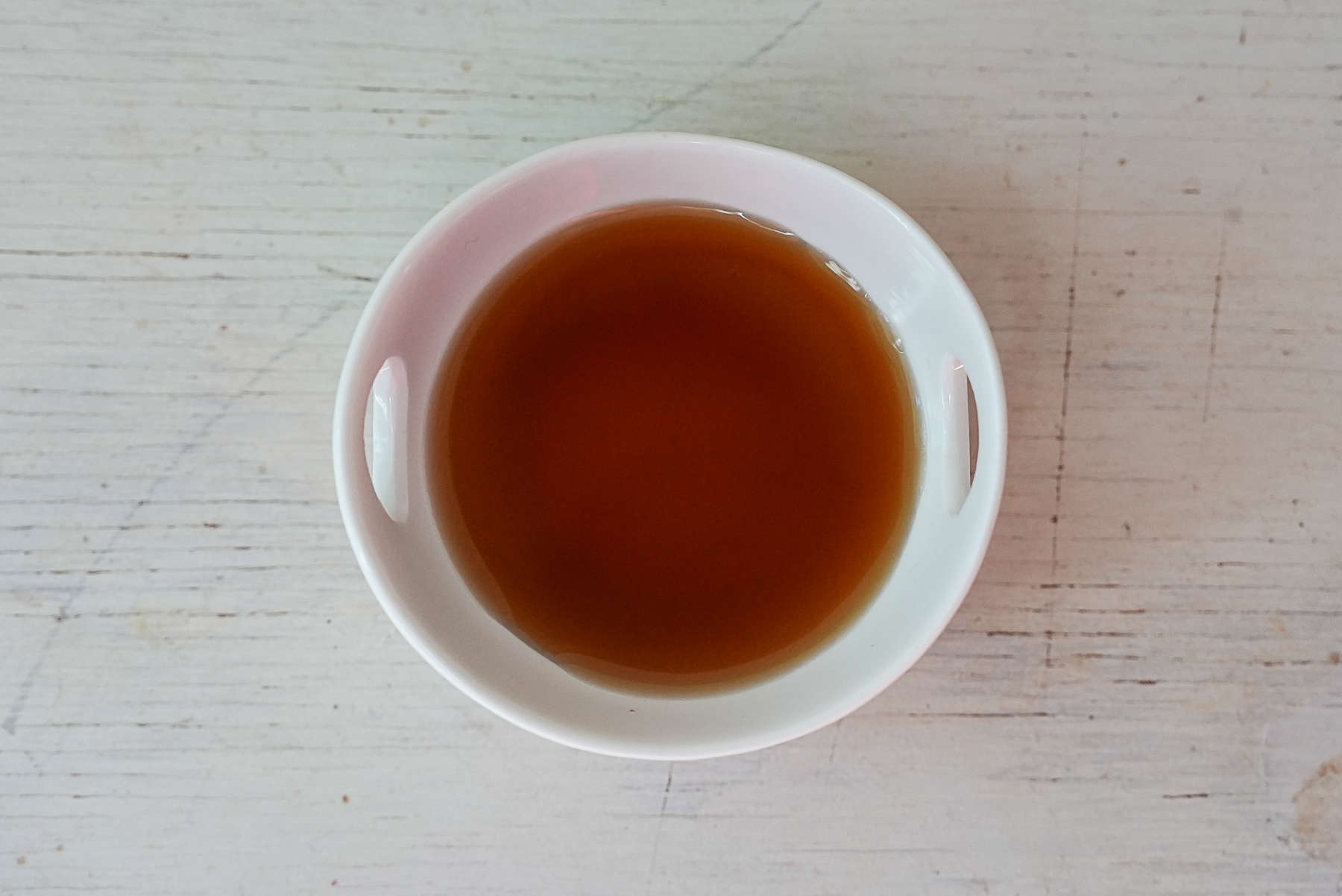
So there you have it: a quick primer about one of the most important ingredients in Thai cooking. If you're planning on cooking Thai food and a bottle of fish sauce isn't already in your pantry, it's time to make a trip to your local Asian market!


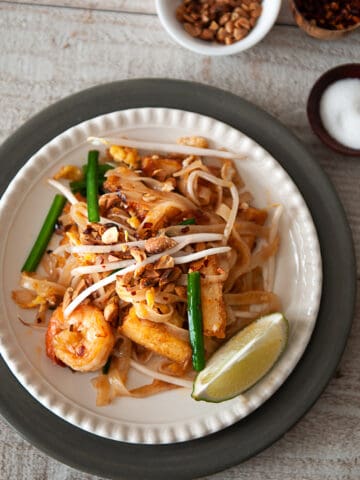
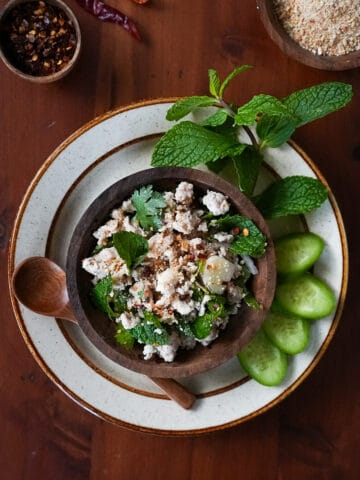
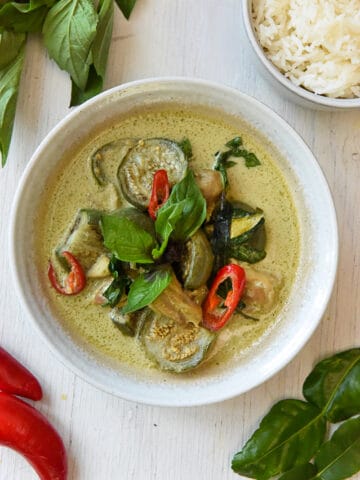
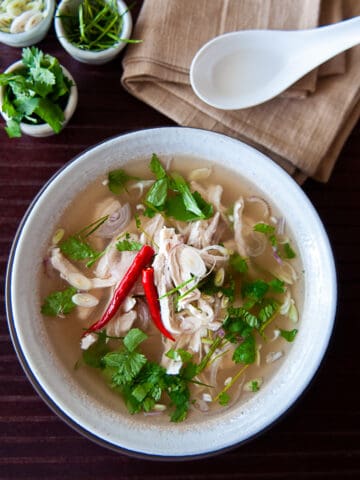
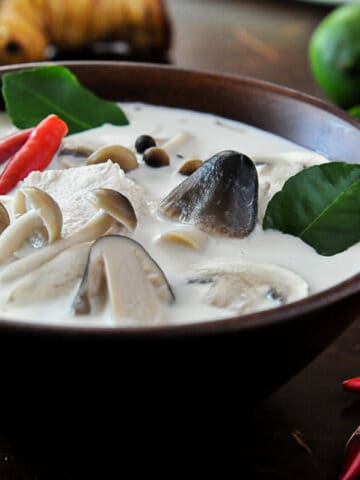
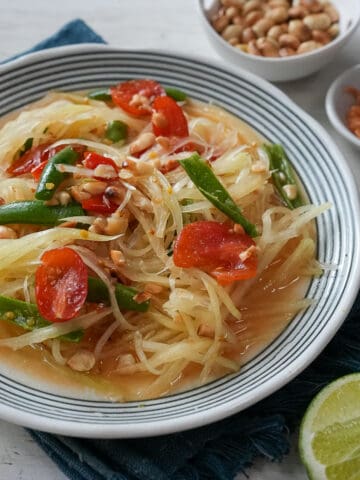

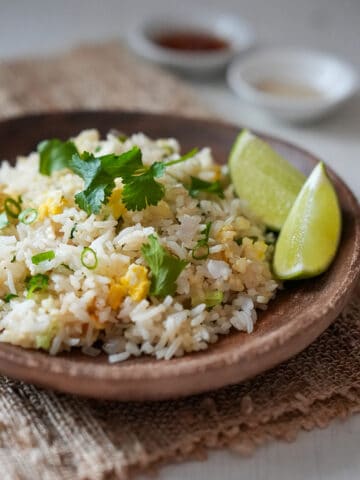
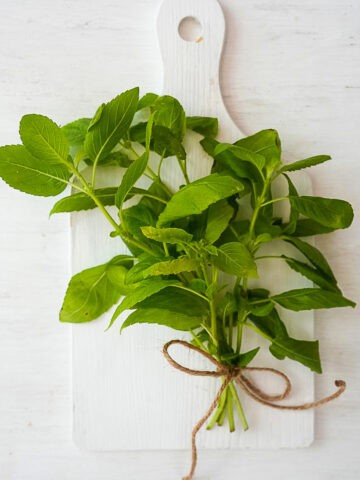
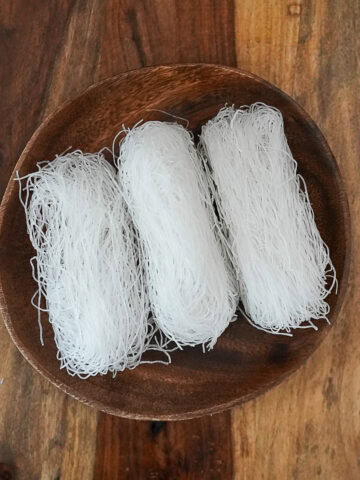
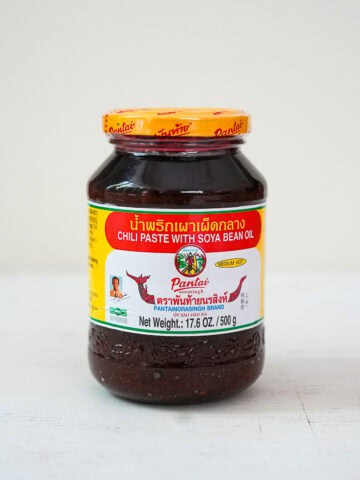
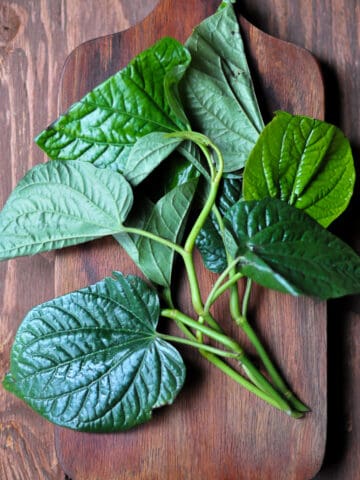
Leave a Reply